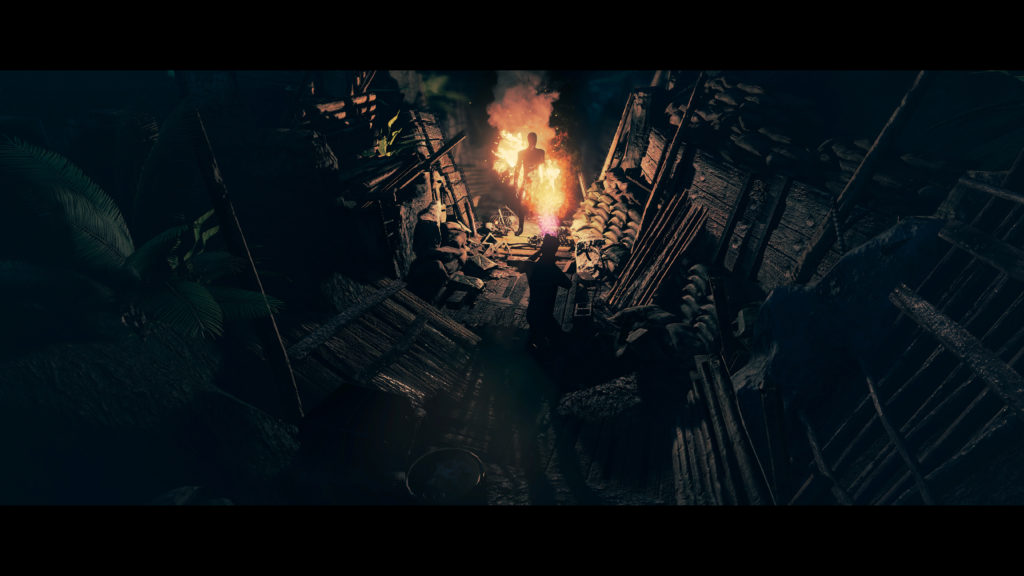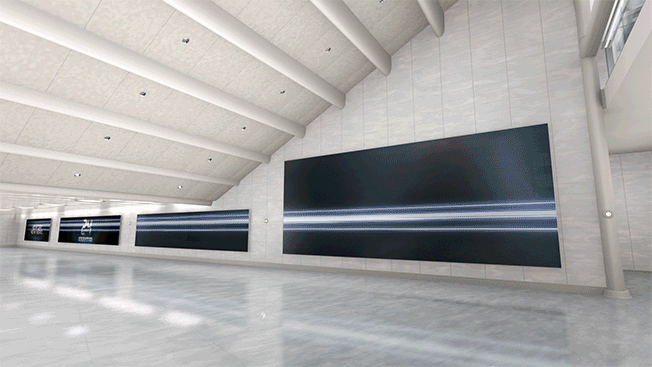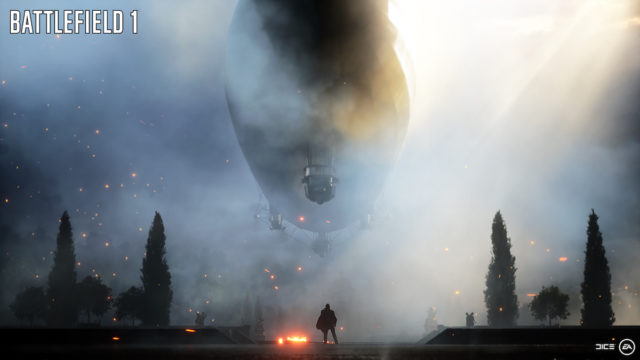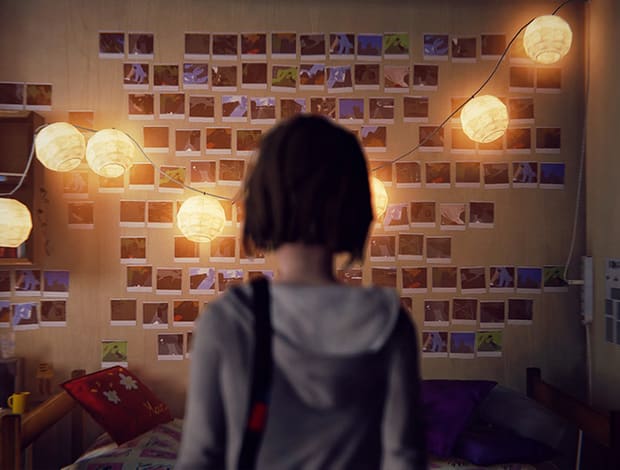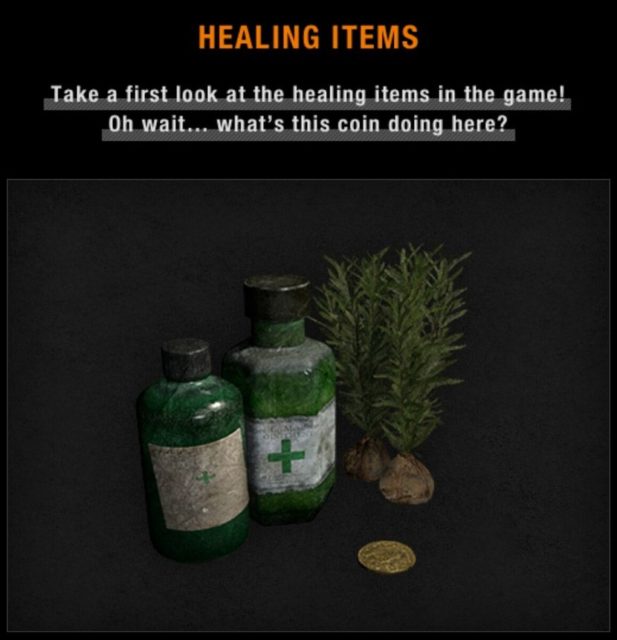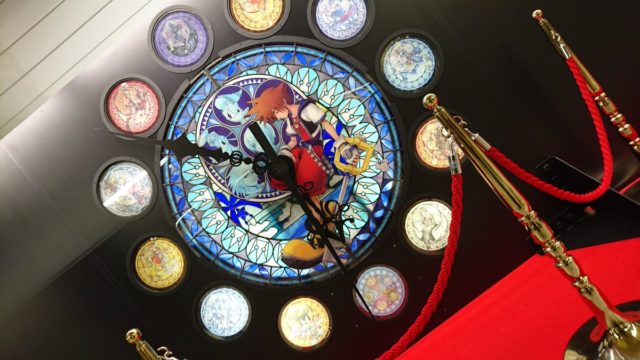Jagex is one of the first big game companies to take the “video” out of video games and explore the potential for interactive audio gaming with the Amazon Alexa platform. RuneScape, Jagex’s massively multiplayer online (MMO) game, has introduced an exclusive audio-based adaptation of its award-winning content as a Skill for Amazon’s Alexa voice service.
RuneScape Quests: One Piercing Note is an interactive murder mystery audio adventure game, produced in partnership by Amazon and the RuneScape game team at Jagex Games Studio. It’s currently available from the Skills section in the Alexa App for Amazon Echo, Echo Dot and all Alexa-enabled devices in the US and UK.
In the game, players become the voice of an adventurer tasked with solving a murder at the Abbey of St. Elspeth. Players choose their path throughout the adventure, engaging in audio puzzles, investigating crime scenes, selecting how to question suspects and (ultimately) how to catch the killer. The game takes full advantage of Alexa’s AI machine learning; using its speech recognition and spoken language extraction to make interactions more conversational and directions more natural, putting the player squarely in the role of a proper investigator.
Mark Ogilvie, design director for RuneScape, explains what Alexa opens up for established video game franchises in this exclusive interview with [a]listdaily.
Why did you decide to get involved with Alexa as a new gaming platform?
Fascination more than anything. We’re always interested in experimenting with new tech, and the idea of bringing our stories to Alexa was an opportunity we couldn’t say no to. A chance meeting at an event led to some of the Alexa Europe team being invited into the office, where we wowed them with some interesting ideas for the future. They were hooked!
How do you see Alexa growing the RuneScape brand to a new audience of gamers?
Every developer is interested in removing barriers to entry–we want the effort to play our games to be as small as possible. With the Alexa AI, you can play games in moments you would have thought impossible–no control pad, total hands-free interaction. I think for some, it’s the traditional methods of interaction that often prove the biggest inhibitors to playing any game. Also, people with Alexa-enabled devices might not be typical gamers. It’s a lifestyle gadget at the end of the day, not primarily a gaming platform. So that’s going to introduce new people to our worlds.
How do you see Alexa and Jagex leveraging each other’s brands for success?
Alexa Skill users are always looking for new ways to use their devices, and RuneScape players tell us they want to experience our world through different mediums. We both have an audience with an appetite for it.
How large was the team and how long did it take to develop this game?
We developed the game over about six weeks, with Amazon assisting with the technical development aspects of the project. At Jagex, it was a dedicated team of five, with some others helping out on a part-time basis. We also used a group of professional voiceover actors for the audio, who were amazing.
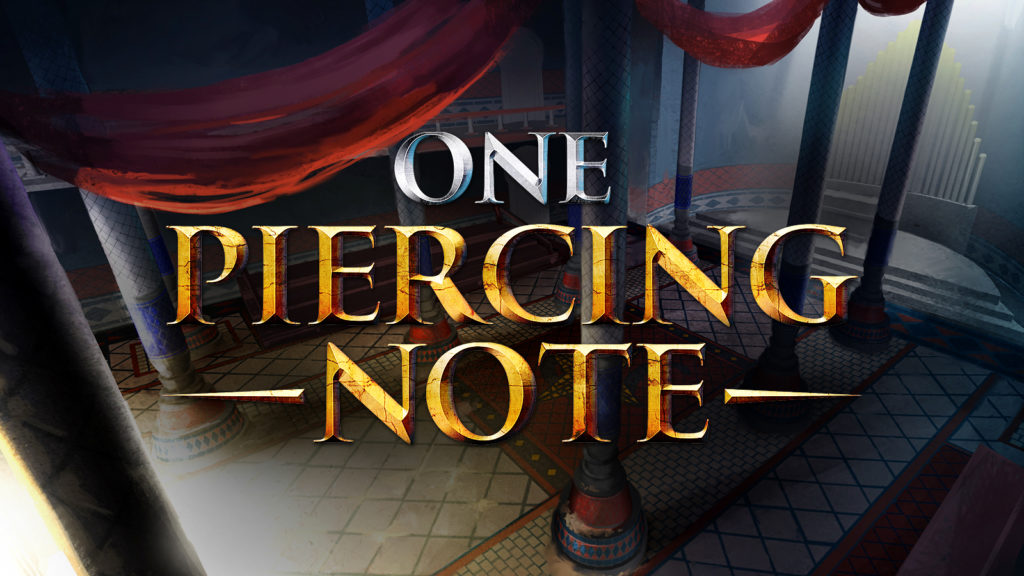
What were the challenges of developing for this new voice platform?
Because it’s so new, none of us really knew what we were doing in the early phases. Even Amazon themselves were discovering new challenges through One Piercing Note’s development. For example, there is a 90-second restriction for each section between user inputs, otherwise Alexa assumes the user has stopped and the skill self-terminates We didn’t know about that until halfway through development, so we had to rewrite huge chunks of dialogue and change the flow of the experience, adding points of interaction even after lots of the voice recording had been done. Frankly, you have to expect those sorts of challenges when using something so innovative.
What type of replay value has been built into this game?
We have a few different endings available, and there are choices throughout the adventure that lead to different experiences, which are often comedic sidesteps.
How can groups of people partake in this new adventure?
It’s primarily written as a solo adventure, but we have played it in groups in the office. Actually, my friends play tested it for me in a group. Just make sure you have an elected spokesperson and use the mute button liberally.
How does this new game tie into the traditional RuneScape game universe?
It’s a standalone adventure, so it doesn’t rely on RuneScape knowledge to play. But if you’re interested in medieval fantasy at all, it’s certainly something you should check out. One Piercing Note is actually a quest that exists in RuneScape today. It was originally written six years ago as our first quest with ‘proper’ audio that was fully voice acted and a story that used song as an integral part of the narrative. It’s set in an abbey inhabited by a group of holy sisters that believe song has the power to ward away demons. In the abbey, there has been a horrific murder, and the player embarks on a classic whodunit adventure with supernatural twists.
We’ve changed the quest a fair bit to capitalize on the nature of Alexa-enabled devices–it now includes audio puzzles, for example–so there’s plenty of new things in there for classic RuneScape fans to enjoy. The game responds to your choices on how to deal with the challenges you face, and ultimately who you suspect, so it’s really quite an empowering experience.
Is this an experiment or a new platform for further RuneScape adventures? What will ultimately decide that?
We’ve really enjoyed the experience, and our audio team in particular has had a real chance to shine and they exceeded all our expectations. Right now, it’s an experiment but we’d love to do more. We have some very bold ideas about using Alexa devices as traditional table-top dungeon masters. Perhaps they’d be able to properly roleplay, with the player using freeform responses that Alexa’s awesome linguistic skills can interpret, thus delivering unique adventure experiences. I think that’s very exciting.
Ultimately, it depends on the response from our communities and the download figures we get. If people like it and it has a positive effect on the RuneScape brand, we’d certainly be at the front of the queue to do more.

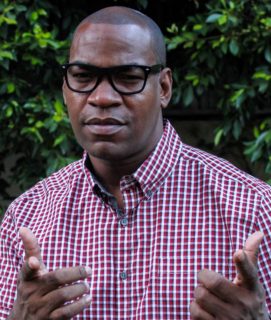



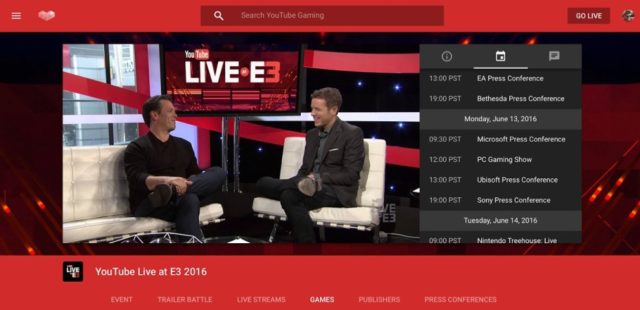
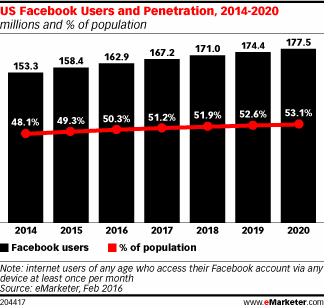
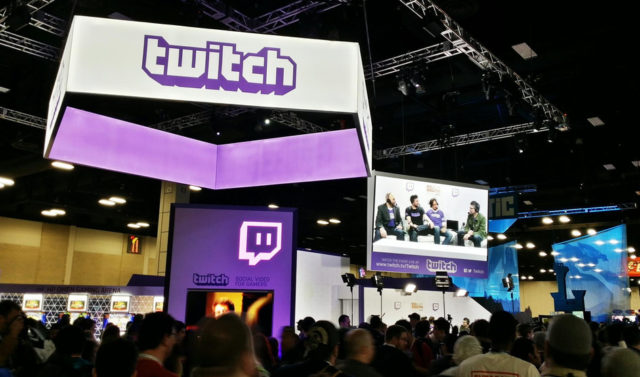
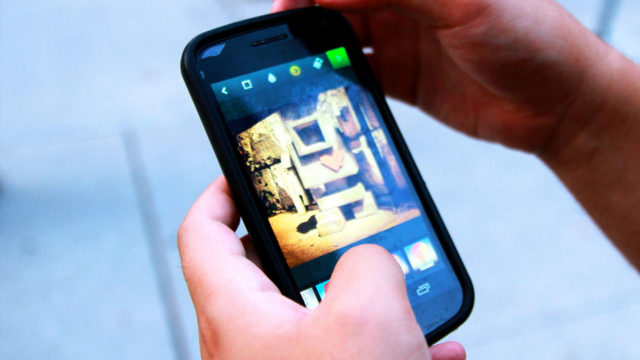

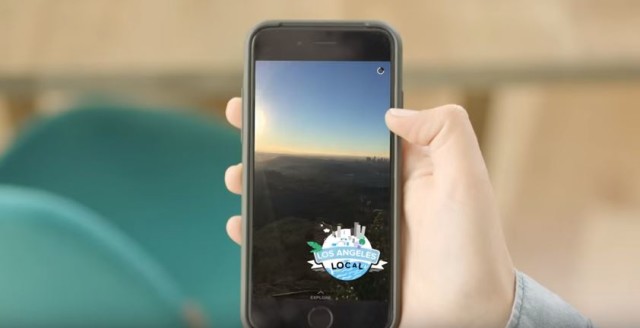
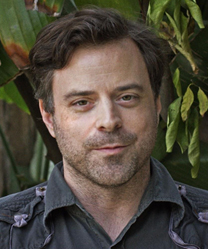
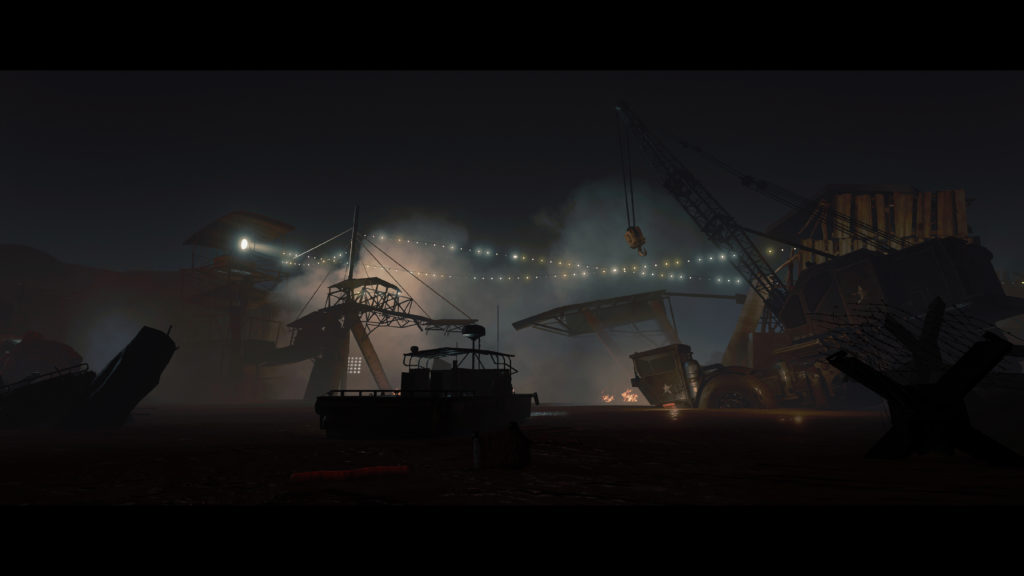
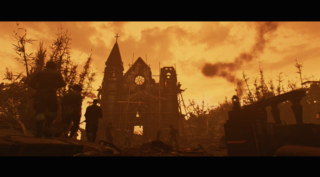 We asked about how the developers are getting the word out about the campaign, and Markland said: “People first. Gamers first. Crowdfunders first. And then we have also been sharing the news with press and other influential people we hope will find this project interesting on a personal level. Apocalypse Now is a classic motion picture, and we will really be looking to the community to help us spread the word of the Kickstarter organically through their personal social channels, and world of mouth. The people will tell us exactly how much they want this video game; that is the beauty of crowdfunding.”
We asked about how the developers are getting the word out about the campaign, and Markland said: “People first. Gamers first. Crowdfunders first. And then we have also been sharing the news with press and other influential people we hope will find this project interesting on a personal level. Apocalypse Now is a classic motion picture, and we will really be looking to the community to help us spread the word of the Kickstarter organically through their personal social channels, and world of mouth. The people will tell us exactly how much they want this video game; that is the beauty of crowdfunding.”